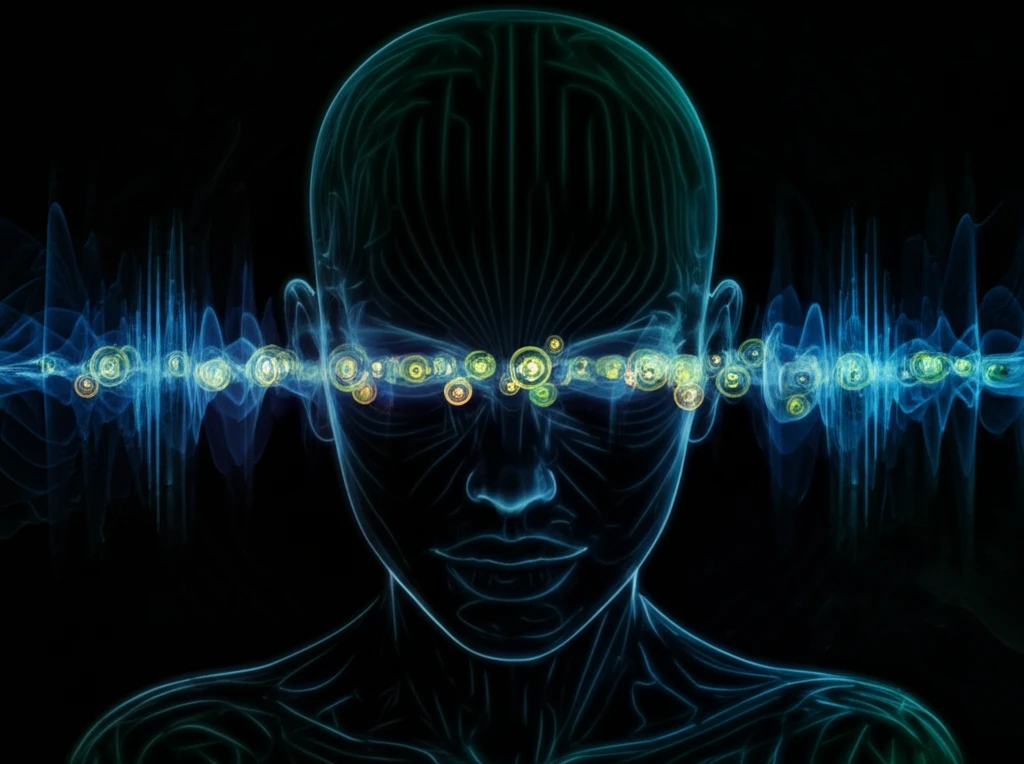
Unlock Your Emotional Intelligence: How AI is Learning to Read Your Feelings Through Your Voice
"Discover how researchers are using speech analysis and AI to detect emotions, paving the way for more empathetic technology and personalized user experiences."
In an era where artificial intelligence is becoming increasingly integrated into our daily lives, the ability for machines to understand and respond to human emotions is a frontier that promises to revolutionize human-computer interaction. While the concept might have once seemed like the stuff of science fiction, researchers are now making significant strides in developing AI systems that can accurately detect emotions from speech. This technology has the potential to transform various sectors, from healthcare to customer service, by enabling more personalized and empathetic interactions.
The need for emotionally intelligent AI is particularly acute in societies facing demographic shifts, such as Japan, where a declining birth rate and an aging population have led to a shortage of care workers. Communication robots are being deployed to assist the elderly, providing companionship and support. However, for these robots to be truly effective, they must be capable of understanding the emotional states of their users, allowing them to respond appropriately and engage in natural, meaningful conversations.
Recent research has focused on using acoustic features in speech to estimate emotional states. This involves analyzing various aspects of speech, such as pitch, spectral information, and vocal muscle activity, to identify patterns that correlate with different emotions. By training AI algorithms on large datasets of speech samples labeled with emotional states, researchers are developing systems that can accurately recognize a range of emotions, paving the way for more intuitive and responsive AI technologies.
Decoding Emotions: The Science of Speech Analysis

Emotion recognition through speech analysis involves extracting and analyzing various acoustic features that are indicative of emotional states. Researchers have explored a wide range of features, including pitch statistics, which reflect the speaker's intonation and emotional expression. Spectral information, such as Mel-Frequency Cepstral Coefficients (MFCCs) and Linear Prediction Cepstral Coefficients (LPCCs), is also used to capture the nuances of speech that are associated with different emotions. More recently, tools like openSMILE have simplified the process of extracting these features, making it easier to develop and test emotion recognition algorithms.
- Acoustic Feature Extraction: Utilizing tools like openSMILE to pull a wide array of voice characteristics from speech samples.
- Dimensionality Reduction: Employing PCA to reduce the number of features, focusing on the most significant ones for emotion recognition.
- Physical Modeling: Applying a two-mass physical model to simulate vocal production and identify emotion-related changes in vocal muscles.
- Machine Learning: Using SVMs to classify emotional states based on extracted features.
The Future of Emotionally Intelligent AI
The ability to accurately detect emotions from speech has far-reaching implications for the future of AI. As AI systems become more sophisticated, they will be able to engage in more natural and empathetic interactions with humans. This will lead to more personalized and effective applications in a wide range of fields, including healthcare, education, and customer service. For example, AI-powered virtual assistants could provide personalized support to individuals struggling with mental health issues, while robots could offer companionship and assistance to the elderly.
